
So Many Species of Ants
Ants are some of the most prolific insects in the world. Their population is estimated at between 10 and 100 quadrillion, with more than 1,000 species living right here in North America. Ants may look alike, but they’re actually quite varied in their appearance and behavior.
To help you identify which types of ants you may be dealing with in and around your home, we’ve compiled a list of the 19 most common (or weird) ants found within the continental United States and Hawaii.
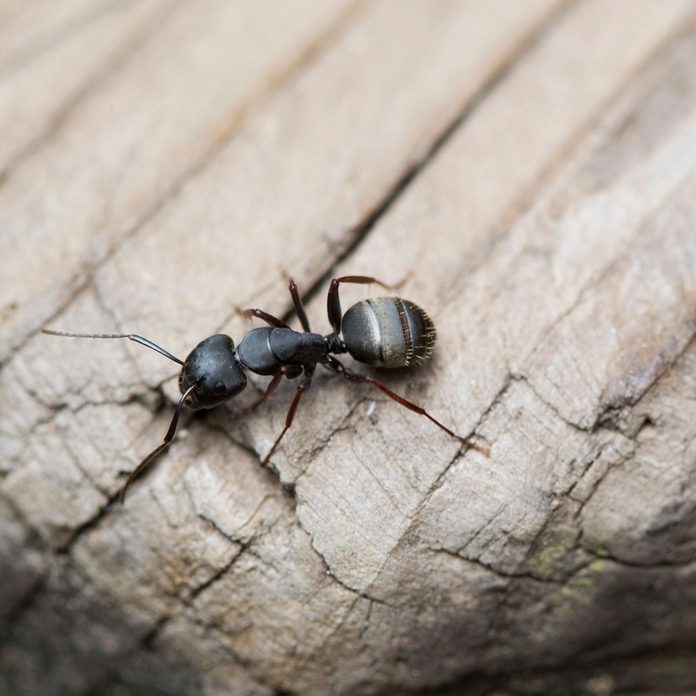
Carpenter
Hefty for an ant at 5/8-in., carpenters can be red, black, brown or a combination thereof. Second only to termites for destruction potential, carpenter ants do damage by chewing and tunneling inside moist wood to make their nests. Look for telltale signs of infestation, such as sawdust-like shavings or pieces of insulation scattered about.
DIY solutions are usually temporary. To permanently end the problem, hire a pro.
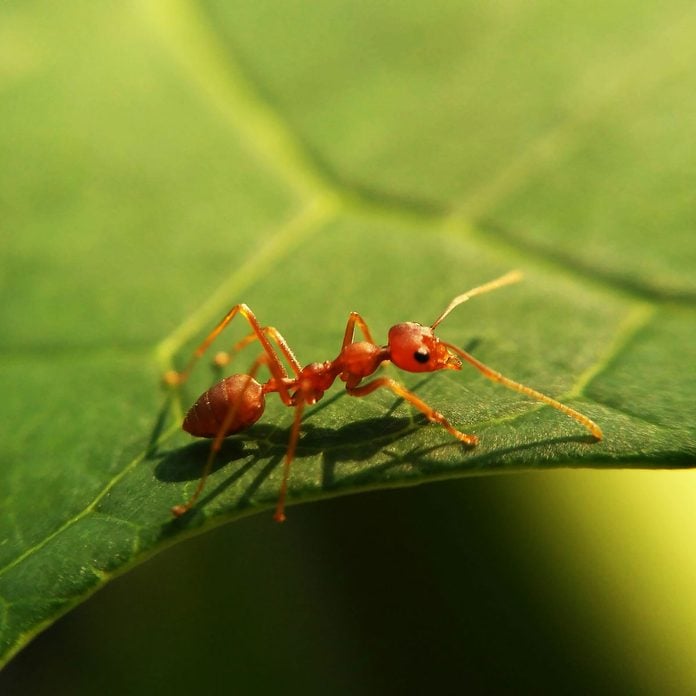
Fire
Native to South America, crimson-colored red imported fire ants are most common in the South and Southwest. Although rarely lethal, they’re notorious for delivering a painful sting that can trigger allergic reactions.
Be on high alert during a flood as they clump together to create a living raft that, if bumped into, can be bad news. Should you come across one of their wicked-hot mounds, contact a professional exterminator right away!
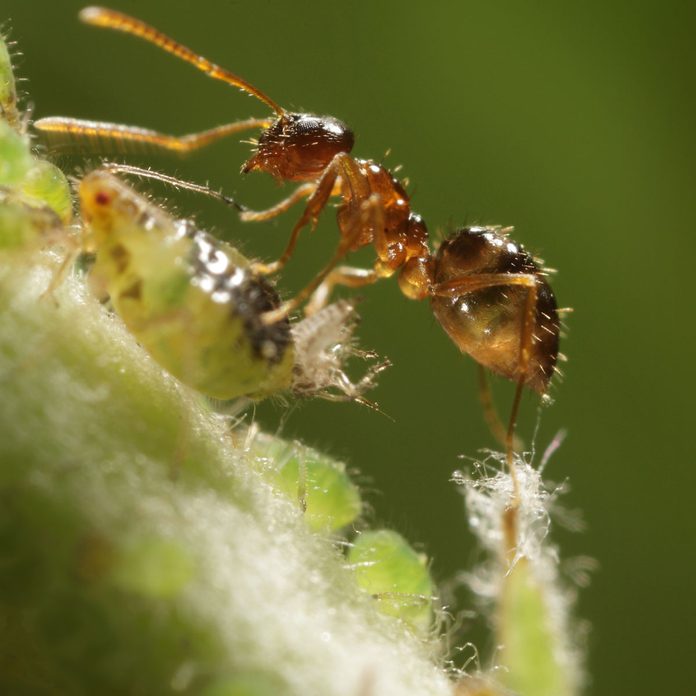
Crazy
Zigzagging in frenetic fashion, crazy ants have a method to their madness. Working in unison, they cleverly use navigators and carriers to transport food morsels that a single ant couldn’t.
“Crazy ants are smarter than your average ant,” cautions Ed Spicer of Pest Strategies. “You might see a single one flitting around in your home, but there’s likely a nearby super-colony that contains about 15 or 20 queens, each capable of creating new colonies.” Act fast as crazy ants are strangely attracted to electrical equipment and can cause damage to wiring.
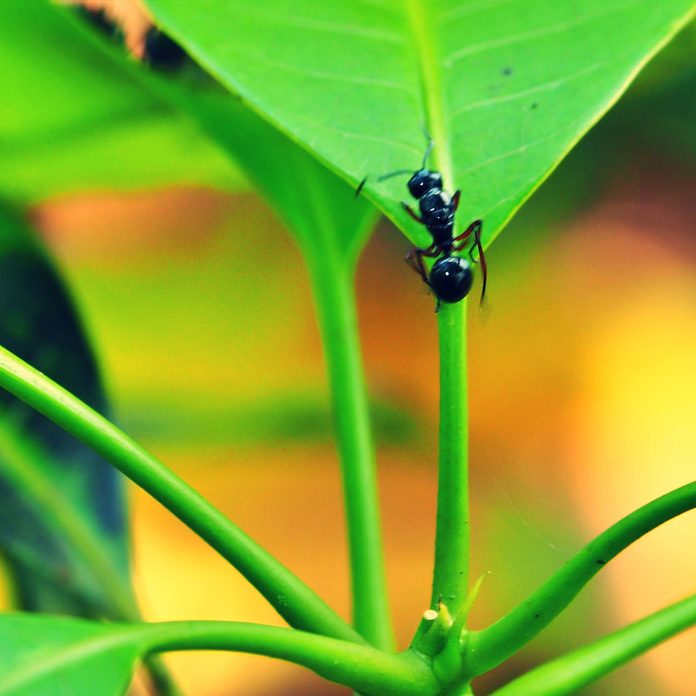
Little Black
Swarms of these dark brown-to-jet-black crawlers are common in summer and can generally be spotted in densely wooded areas. Little black ants hide behind walls, under rocks, beneath piles of logs and in other shadowy voids. They have stingers, but because of their tiny and weak frames you probably wouldn’t even feel the prick.
Considering how difficult they are to see, call a pro to help you locate the nest and get rid of the ants.
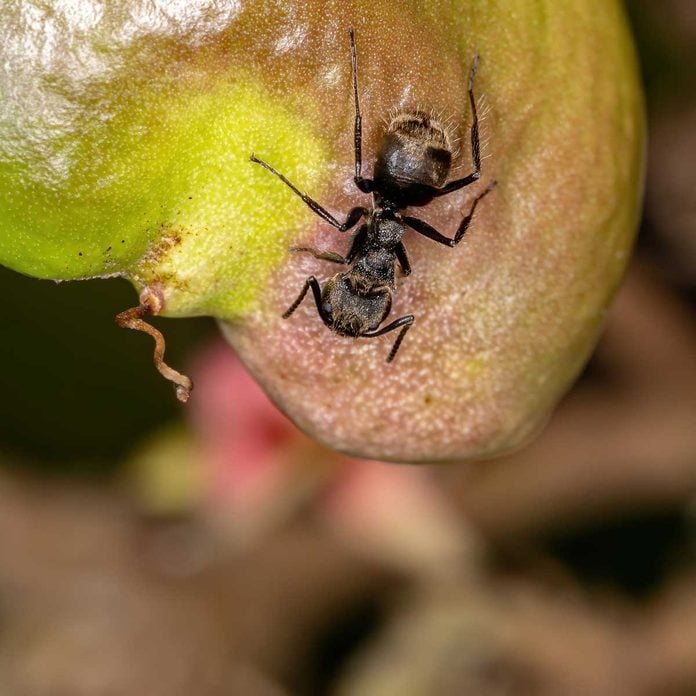
Odorous
The black, shiny odorous house ant, if stepped on, can really stink up the place! They emit a smell like rotten coconuts.
Often found close to human activity (where the food is), they nest in soil or underneath objects in the ground. They have impressive scent trailing behaviors and colonies can reach populations of 50,000. They neither bite nor sting, but are nomadic, moving their nest frequently. Ant baits are your best defense.
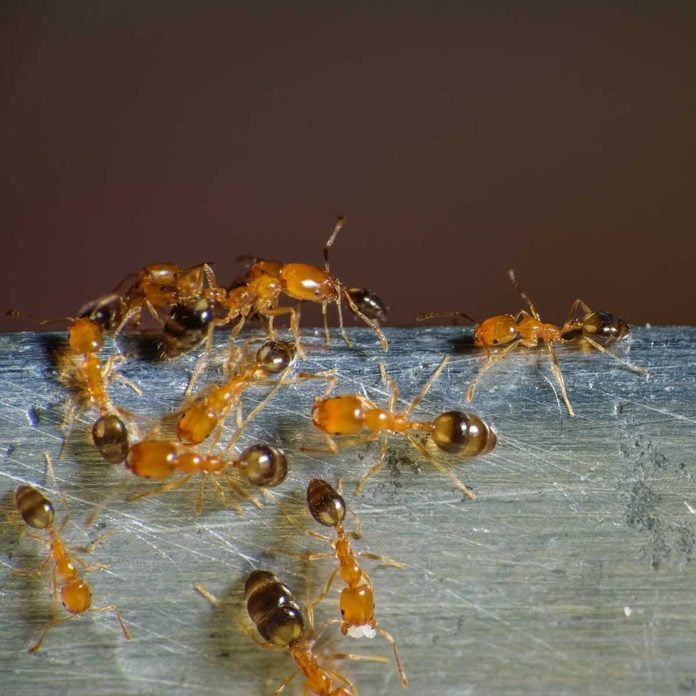
Pharaoh
Pharaoh ants are small with a brown-to-yellowish color thorax (the middle part of the body) that gives them an almost transparent quality. These hungry scavengers tend to frequent establishments with unlimited food sources, such as restaurants, hotels, grocery stores and hospitals.
“The bad news is they’ve been known to carry salmonella and several other diseases, which cause real problems at infested hospitals,” says Spicer. “They’ve been found in everything from IV tubing to surgical wounds.” Removing them usually requires professional help.
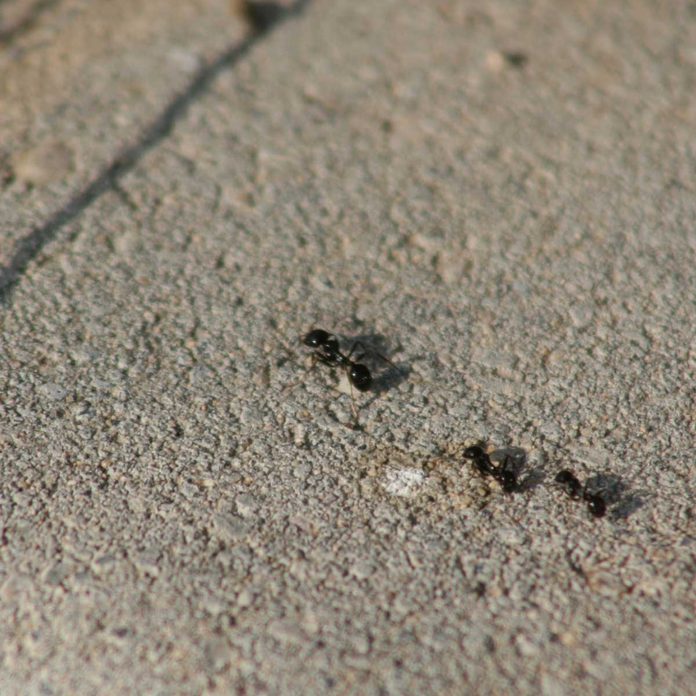
Pavement
One of the most common household invaders, pavement ants are dark-brown to black in color, average 1/8-in. in length and, like most ants, are partial to sweet foods.
Pavement ants are named for their propensity to build nests in or under cracks in sidewalks, cement patios and other masonry. They can sting but rarely do. This pest is especially prevalent in the Northwest and Midwest.
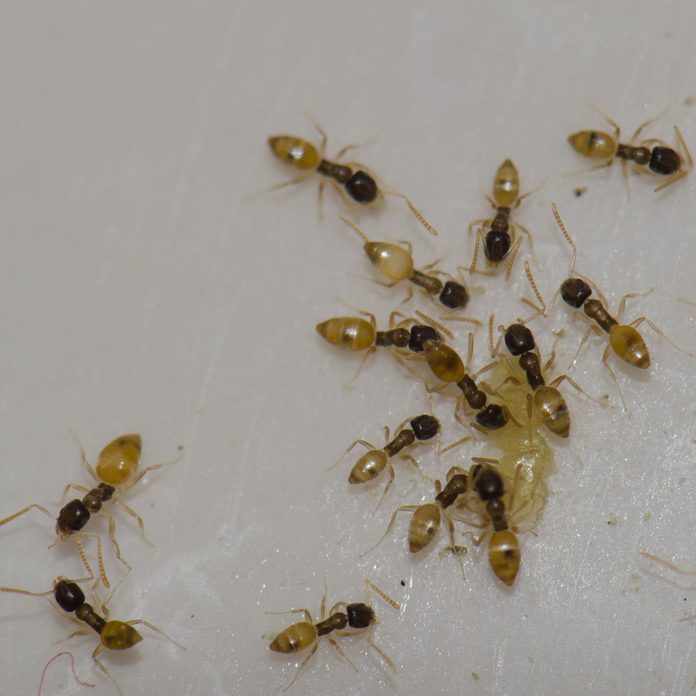
Ghost
Named for their pale exoskeletons and minute size (1/16-in. long), ghost ants thrive in the tropical climates of Florida and Hawaii. Nocturnal foragers of fungus, they’re also partial to insect honeydew. They have an uneven, rounded thorax and no stingers, so they don’t bite, but they’ve been known to nest inside homes.
To prevent ghost ants from trailing in along branches, keep shrubs trimmed back and store firewood at least 20 feet from the house.
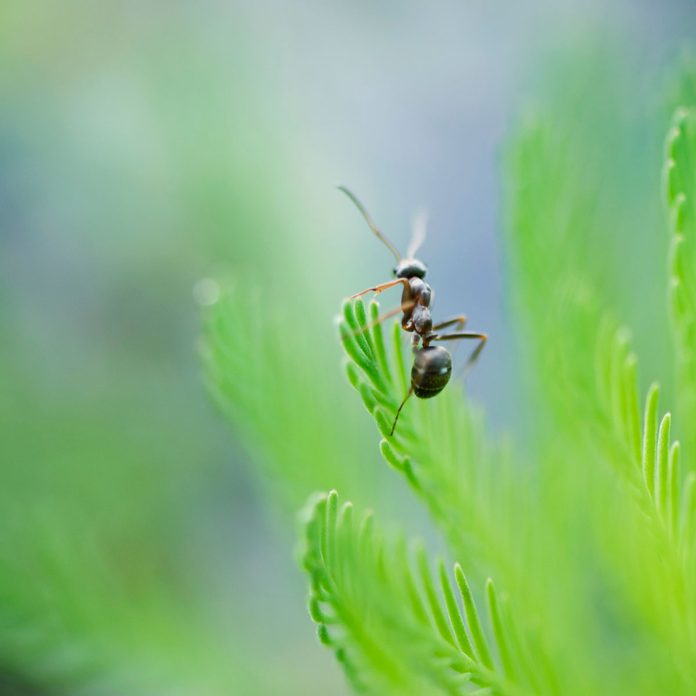
Argentine
The Argentine ant worker is a shiny light- to dark-brown color and is between 1/16-in. and 1/4-in. long. They sport uneven shaped thoraxes and are wingless, with a 12-segmented antenna. Argentine colonies can have millions of ants, many subcolonies and multiple queens.
Discourage ants from entering your home by practicing good sanitation (don’t leave out pet food). If they do get in the house, rely on bait to control infestations.
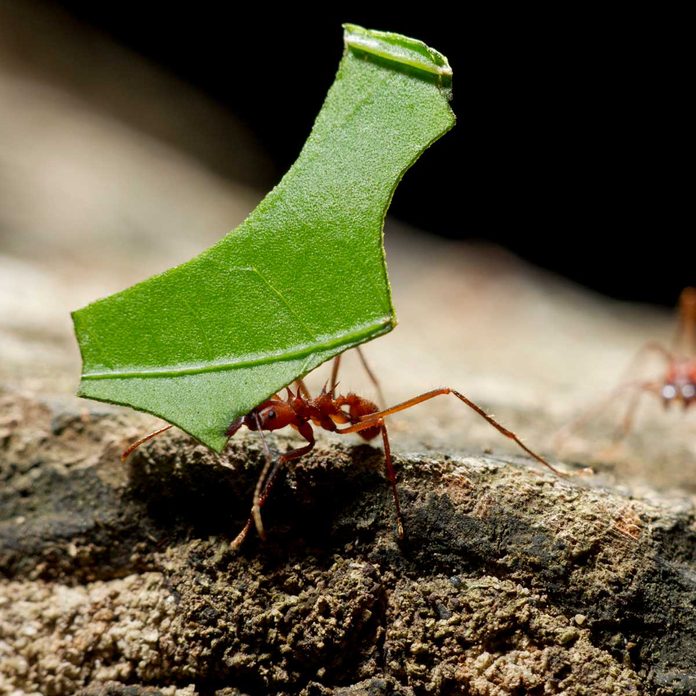
Leafcutter
There are two species of leafcutter ants in the U.S., mostly found in agricultural areas of Southwestern states. They are light brown with exceptionally long legs. Their colonies are headed by one queen, but there can be millions of workers. Nocturnal, leafcutters harvest plant parts by using their jaws, which vibrate a thousand times per second.
Rarely do these ants enter homes, but they will wreak havoc in the garden. Beware, as their strong mandibles are capable of drawing blood.

Citronella
Long and amber in color, the citronella (yellow) ant gets its name from the lemon verbena odor they emit when threatened or stepped on.
Honeydew loving, there’s no record of them feeding on household foods. But if your home harbors moisture, they can infest soggy concrete foundations and damp wood behind bathroom tiles. Above their subterranean colonies, dirt mounds can reach three feet in diameter.
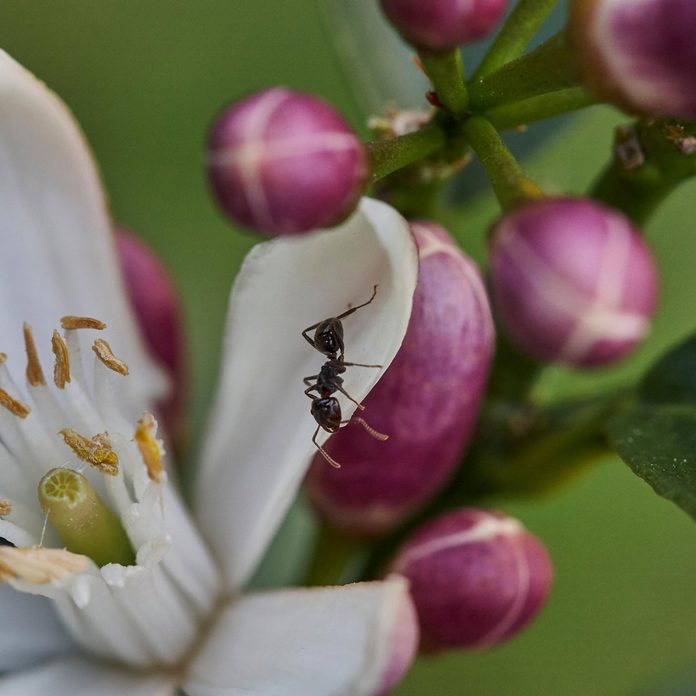
White-Footed
Easy to identify because of their pale-colored feet (tarsi), white-footed ants, like the citronella, prefer feasting on honeydew nectar excreted from aphids instead of your picnic lunch. Urban- and rural-dwelling, they are unique in that they don’t share their food with other ants. Rather, sterile workers lay eggs, which serve as a food source for larvae and non-foraging adults. Fortunately, they don’t sting or cause damage.
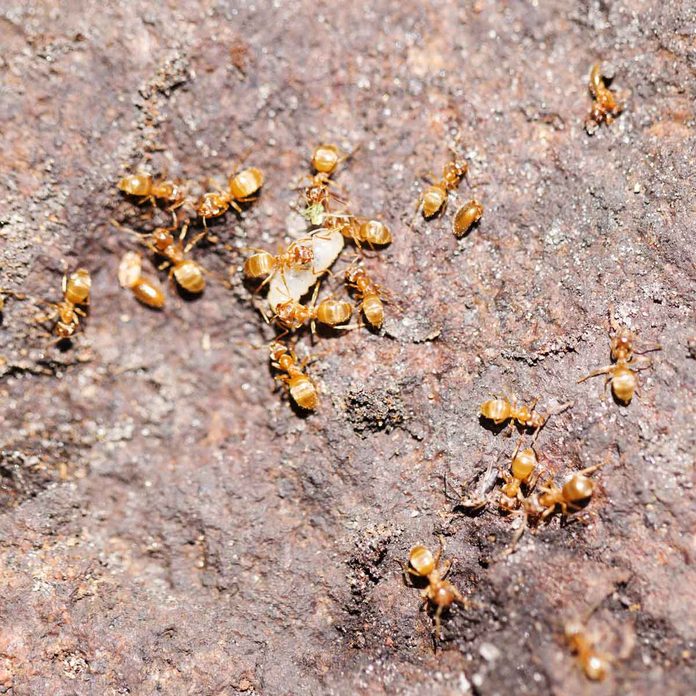
Thief
The shifty thief ant is so small it can sneak into your home undetected to feed on greasy foods like potato chips. They’re also famous for setting up shop near other nests, raiding them for their eggs and larvae. They’re often mistaken for a pharaoh ant because of their similar size (1/16-inch) and color (yellowish-tan). Use bait containing boric acid, cornmeal and peanut butter to eliminate the colony.
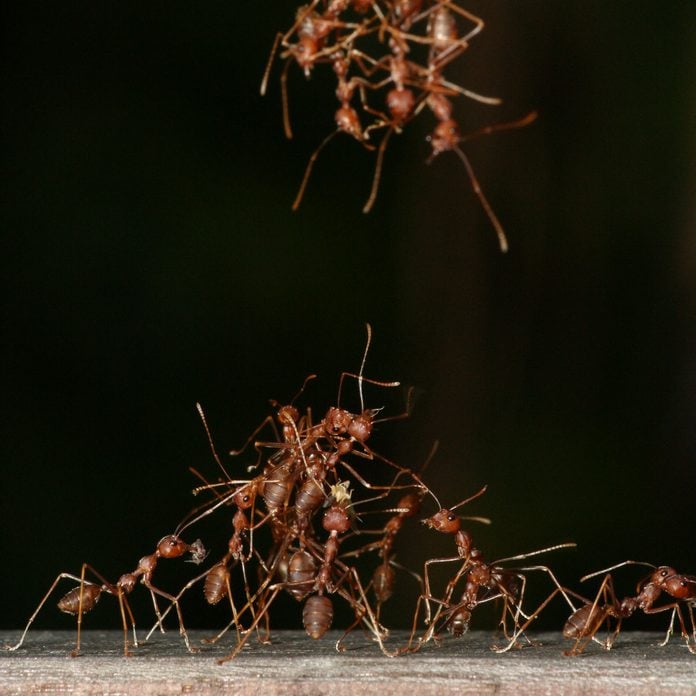
Pyramid
Brown to dark reddish brown, pyramid ants are marked by a triangular projection on the top of their thorax. They can also be identified by their volcano-shaped mounds which, if found, are a sure sign of infestation. Most common in southern regions of the U.S., they’re usually docile and won’t bite unless provoked.
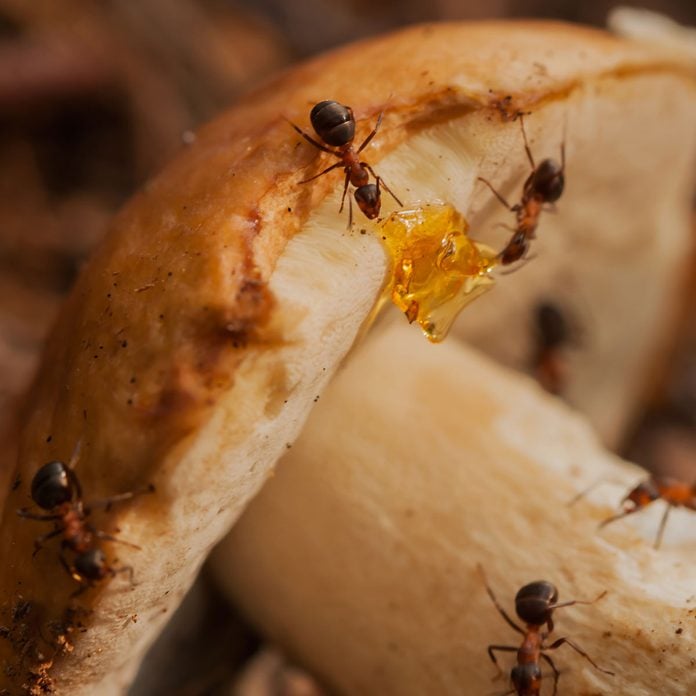
Harvester
Donning a gorgeous orangish red color and measuring up to 1/2-in. long, the harvester ant differs from others in that they have long hairs on their “chins” that look like beards. You’ll find them west of the Mississippi River and in Florida. They have a nasty sting that is known to kill animals, so you might want a licensed harvester ant control specialist to get involved.
Factoid: Western harvester ants are used in the iconic toy Uncle Milton’s Ant Farm.
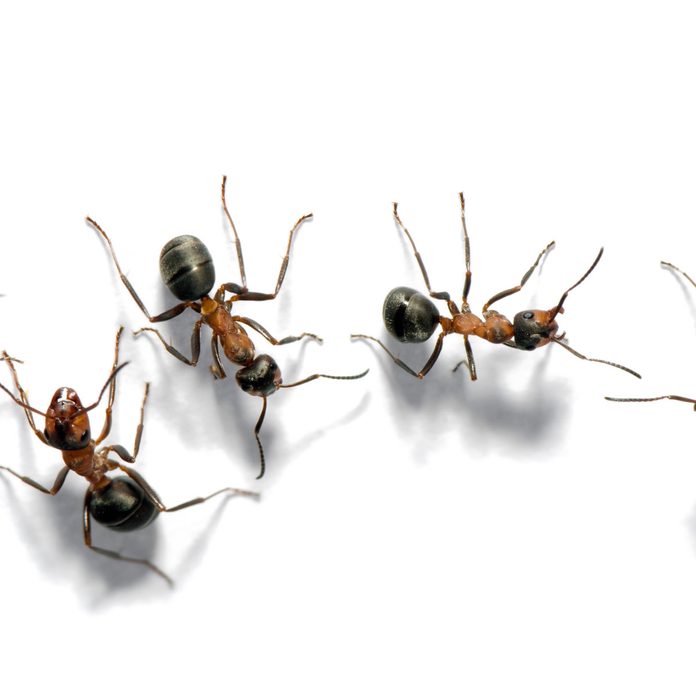
Field
The field ant (a.k.a. thatch-mound ant) gets its name for its love of the great outdoors. Believed to be the largest genus of ant north of Mexico, you’ll find them scurrying around parks, gardens and lawns.
Field ants come in colors from pale yellow to black and have unevenly rounded profiles. Rarely a problem in the house, infestation in the yard must be dealt with by removing the mound — queen and all.
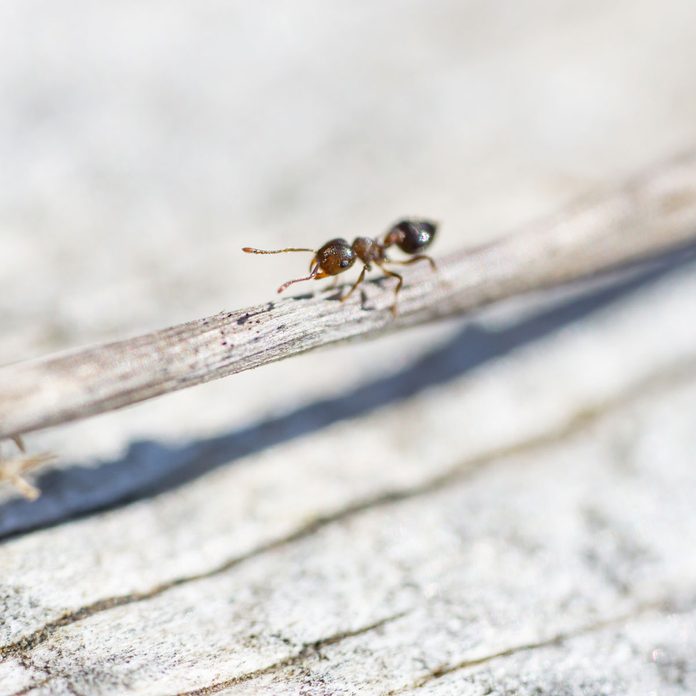
Acrobat
Acrobat ants get their name from their unique ability to raise their heart-shaped abdomens over their heads. Fairly small by ant standards (1/8-in.), they range from light brown to black and can be found all over the U.S. They’re even comfortable living in altitudes of 8,000 feet. Attracted to moisture, acrobat ants will gladly sting you if disturbed.

Big-Headed
Sometimes confused with subterranean termites, soil-nesting big-headed ants are native to tropical Florida. Their colonies are unusual because they contain two classes of workers: a major and a minor. Major workers have humongous craniums and powerful jaws for cracking seeds, while minor workers, nearly half the size, are groomed as foragers. At mating time, swarming drones sprout delicate, gossamer-like wings.
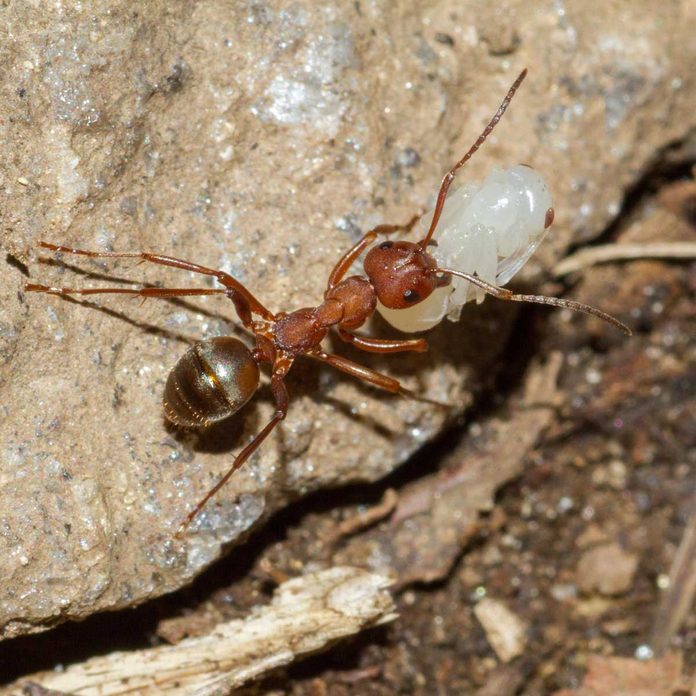
Kidnapper
Widespread across mountainous regions, the kidnapper ants steal other ants’ babies.
Scouring the forest floor in search of competing species’ nests, kidnappers target pupae (the final stage of an ant’s development). Abducting the cocooned adolescents, they return to their nest where they engage in a sort of “chemical brainwashing” to make the captured youth think they’re home, sweet home. Kidnapper ants can be identified by their red heads and thoraxes with black abdomens.
